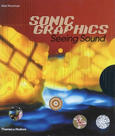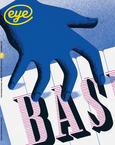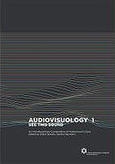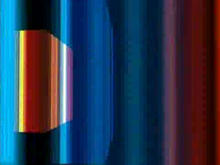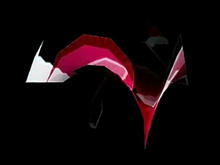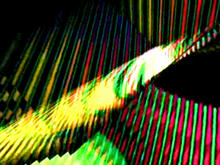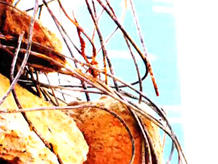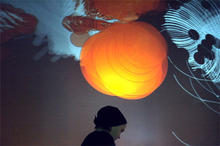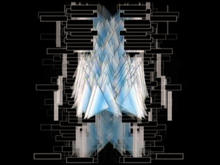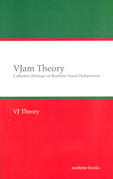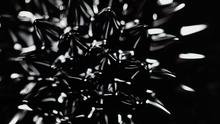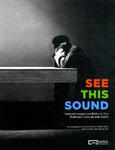Tina Frank
is a visual artist – her name is internationally known as a synonym for experimental design as well as visualisations of music/ for music.
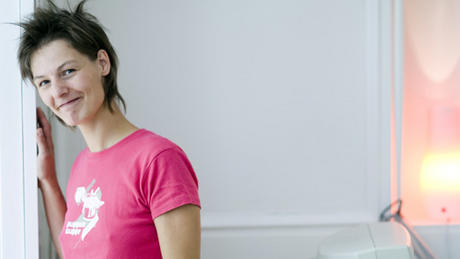
The works of Tina Frank cannot be reduced to a singular area: she is a "visual artist" – her name is internationally known as a synonym for experimental design as well as visualisations of music/ for music.
In 1995, Tina Frank started up her own business as a designer and was soon referred to as one of Austria’s shooting stars in web design. She designs "packing" for music. Many of her cover designs, especially those for music labels Mego/ Editions Mego (AT), Idea Records (US) have been published in numerous design reference works and are considered influential. The book Graphic Design for the 21st Century (Charlotte & Peter Fiell, Taschen Verlag) listed her among the top 100 graphic designers worldwide.
She has performed at music, film and multi-media festivals around the globe with musicians such as Oren Ambarchi, Chicks on Speed, Florian Hecker, Peter Rehberg, General Magic, Mia Zabelka and many more. Her videos can be found on numerous compilations and labels such as Asphodel (US), Mego/ Editions Mego (AT), Cronica (PT), Gas (JP), ZKM (DE), etc.
"One of the most prominent pioneers of new experimental video in Europe" (quote from Avantofestival 2003). In 2003, the Institute of Contemporary Arts, London, curated a solo show at the New Media Centre. In 2006, resfest10 presented a major work exhibition in Vienna. Her video chronomops received first prize in 2006 at diagonale 06 for best innovative, experimental-, animation- or shortfilm 2005/2006.
Since October 2008 she teaches as professor for graphic design & photography at the University for Arts and Design, Linz, Austria.
Source: Tina Frank's website
